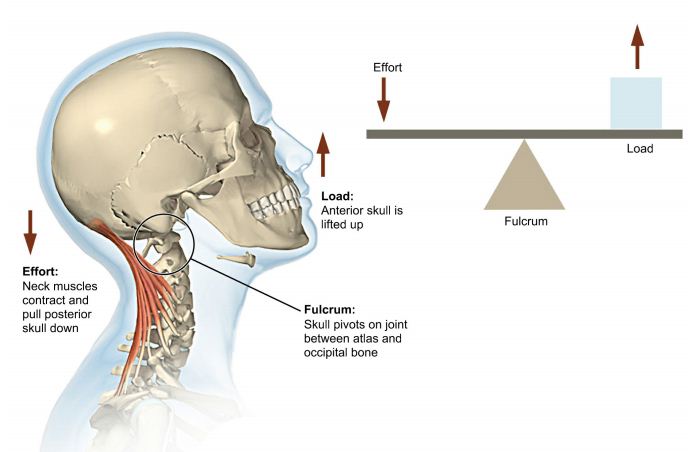
#.fdb files neck diagrams software#
I’m talking about the internal software also called firmware. But here I’m not talking about the software you are programming with ladder logic or structured text. You might wonder how the software in a PLC can generate timer errors. And basically there are two types of timer errors – software and hardware errors.īoth of these can generate errors and inaccuracy both on the input side and on the output side Software Errors When the timer does not count the time we expected it is called a timer error. If you are timing with seconds, minutes or more this has no effect and you should not be worried.īut if you are dealing with milliseconds in your timers, the accuracy of the timers can suddenly have a huge impact and your timing can be wrong.
#.fdb files neck diagrams professional#
This is important to know about if you are a professional PLC programmer, because in the end it can affect how your programs will work. Timer Accuracy and Timer Errorsĭue to the scan cycle and the internal workings of a PLC the timers are not always accurate.

All it needs is a short or long or just any signal at the input to give you that pulse. I find the pulse timer to be very useful exactly because is doesn’t depend on the input. If you look closer at the timing diagram you can also see that Q always has the same length You will always get a pulse of that certain length after the timer has been activated. The difference from the two other timers here is that this pulse will happen no matter what the state of the input will be in the mean time. Pulse Timer DiagramĪgain, you can see above in the timing diagram how it works As a parameter for the pulse timer the time for the pulse is defined.Īfter the output has been on for that amount of time it will be turned off again. When that happens the timer will start counting time. You can activate the timer by turning on the input. Yes, that is also how we can describe its functionality: This timer is a little different than the two others, since this one is used to generate pulses. The final one of the 3 standard timers is called the Pulse Timer or PT.Īlthough this timer is not so commonly used it is still a very useful timer function. After a certain delay the output will be turned on. Here you can always see how long the timer has been turned on.Īs soon as you activate the timer by turning on the input the timer will start counting. Elapsed time (ET) is the current time of the timer. When you turn on the input (IN) the timer will start timing (turning on the timer). The delay said in another way, is how long you want the timer to be turned on. This delay is called the preset time (PT).


You can see that the output is turned on after a delay. The functionality of the on delay timer (TON) can be described like this:įor that reason the timer also has its name.īelow here you can see the timing diagram of the on delay timer. You will find this in any platform and it is in fact so useful that you can build the other timer functions with the on delay timer. This is by far the most used timer in PLC programming. On Delay Timer (TON)įirst one of the standard timers is the on delay timer also known as just TON. That way, you can see how you can use the PLC timer functions in your own PLC programs. In this tutorial, I will not only show you how those standard timer functions work but also stimulate them in the open-source CodeSys environment. Since this is the standard for PLC programming languages most platforms have these three types of timer functions available You will find them defined in the official standard for PLC programming languages – IEC61131-3 by PLCOpen. The reason for this is that they work the same way no matter which platform you are using. They can even be used to check how long an actuator has been running and then for alarms in a SCADA system.īecause this can be very confusing with all these different timer function, I will give you an introduction to the 3 standard timer functions. Timers can be used not only in ladder logic but also as functions blocks in function block diagram or functions in structured text.


 0 kommentar(er)
0 kommentar(er)
